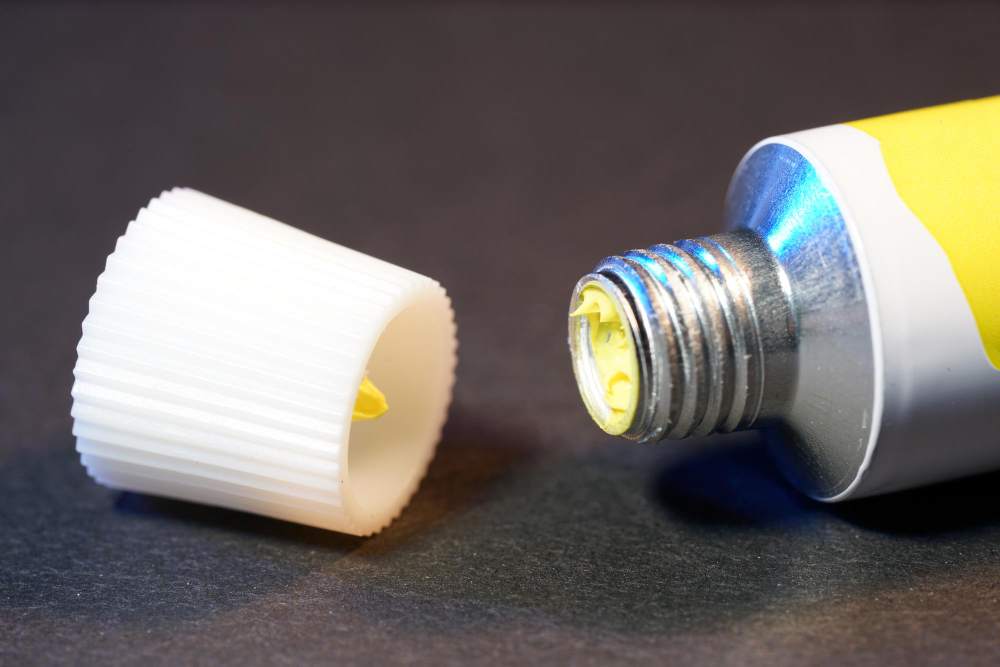by Ravindra Warang
7 minutes
Types of Bases in Ointment Formulation: Choosing the Right One
Explore types of ointment bases, their pros and cons, and how to select the best one for effective topical drug delivery.

In the dimly lit laboratory of an early 20th-century pharmacy, a pharmacist carefully mixed a blend of lard and medicinal herbs into a smooth, greasy paste. The result? A healing salve that would become a staple in apothecaries for decades.
Today, ointment formulation is far more advanced, driven by regulatory rigor, patient-centric design, and sophisticated delivery systems. But one core principle still remains: the base makes all the difference.
Choosing the right base is not just about consistency or feel; it influences drug release, absorption, patient compliance, and stability. This article explores each type of ointment base used in pharmaceutical formulations, their advantages and limitations, and how to select the ideal one for your product.
Why Ointment Bases Matter
The base is the vehicle that carries the active pharmaceutical ingredient (API) to the site of action. It must:
- Maintain chemical and physical stability of the drug
- Control drug release rate
- Ensure non-irritancy and compatibility with skin
- Support the product's shelf life
Different drugs and indications demand different release profiles and skin interactions, making the selection of a suitable base a critical first step in formulation development.
Classification of Ointment Bases
Pharmaceutical ointment bases fall into four major categories:
Each base type is chosen based on the therapeutic goal, skin condition, and API compatibility.
1. Hydrocarbon Bases (Oleaginous Bases)
Overview
Hydrocarbon bases are greasy, non-water washable, and provide excellent occlusivity.
Advantages
- Long-lasting emollient effect
- Inert, stable, and non-reactive
- Good for protecting dry skin
Limitations
- Poor drug release (occlusive)
- Greasy feel reduces patient compliance
Common Formulations
- White petrolatum-based skin protectants
- Paraffin-based burn creams
2. Absorption Bases
Overview
These bases can absorb water and form water-in-oil (W/O) emulsions.
Advantages
- Can incorporate aqueous solutions
- More hydrating than hydrocarbons
- Some drug release capability
Limitations
- Greasy and not water-washable
- Can become rancid (especially natural oils like lanolin)
Common Uses
- Anti-inflammatory ointments
- Anhydrous lanolin-based formulations for dry eczema
3. Water-Removable Bases (Creams)
Overview
Also called O/W emulsions, these are non-greasy and water-washable.
Advantages
- Good patient acceptability
- Easier to apply and remove
- Can be used on moist lesions
Limitations
- Less occlusive
- Requires preservatives to prevent microbial growth
Common Uses
- Hydrocortisone creams
- Antibiotic dermatological preparations
4. Water-Soluble Bases
Overview
These contain no fats or oils and are completely water-washable.
Advantages
- Non-greasy, good for scalp use
- Stable with many APIs
Limitations
- Can be drying or irritating
- Poor emollient effect
Common Uses
- PEG-based ointments for mucosal or rectal delivery
- Antiseptic gels
Comparative Table of Ointment Bases
Factors to Consider When Choosing a Base
- API Solubility – Water-soluble drugs may need oil-based carriers for occlusion or vice versa.
- Desired Release Rate – Occlusive bases offer sustained release; creams offer faster release.
- Site of Application – Hairy areas or oozing wounds demand different textures and absorption.
- Patient Preference – Non-greasy bases often improve compliance.
- Regulatory Considerations – Inactive ingredients must meet pharmacopeial standards.
- Packaging Compatibility – Some bases can react with tube or container materials.
Innovations in Ointment Bases
Modern trends include:
- Bio-based emulsifiers for cleaner labels
- PEG-free bases to reduce hypersensitivity
- Temperature-sensitive gels that transform upon application
- Nanostructured lipid carriers for enhanced drug delivery
These innovations are improving product stability, delivery, and sustainability.
Conclusion:
Back in that old pharmacy, the pharmacist may not have realized that the greasy salve’s success lay not just in the herbs—but in the lard. Today’s formulators face a multitude of options, guided by science, patient needs, and global regulations.
Choosing the right ointment base is both an art and a science. It's a decision that directly influences therapeutic success and patient satisfaction. The base is more than a carrier; it’s the foundation of a good formulation.
FAQs
1. What are the 4 types of ointment bases?
The four types are hydrocarbon bases, absorption bases, water-removable bases, and water-soluble bases.
2. Which ointment base is best for dry skin?
Hydrocarbon bases like petrolatum are ideal for dry skin due to their occlusive and moisturizing properties.
3. What is the difference between absorption and hydrocarbon bases?
Absorption bases can incorporate water and form emulsions, while hydrocarbon bases are purely oil-based and occlusive.
4. Are water-soluble ointments better for oily skin?
Yes, water-soluble bases are non-greasy and suitable for oily or acne-prone skin.
5. Can you mix ointment bases?
In some formulations, a combination of bases is used to balance drug release, stability, and patient feel.




